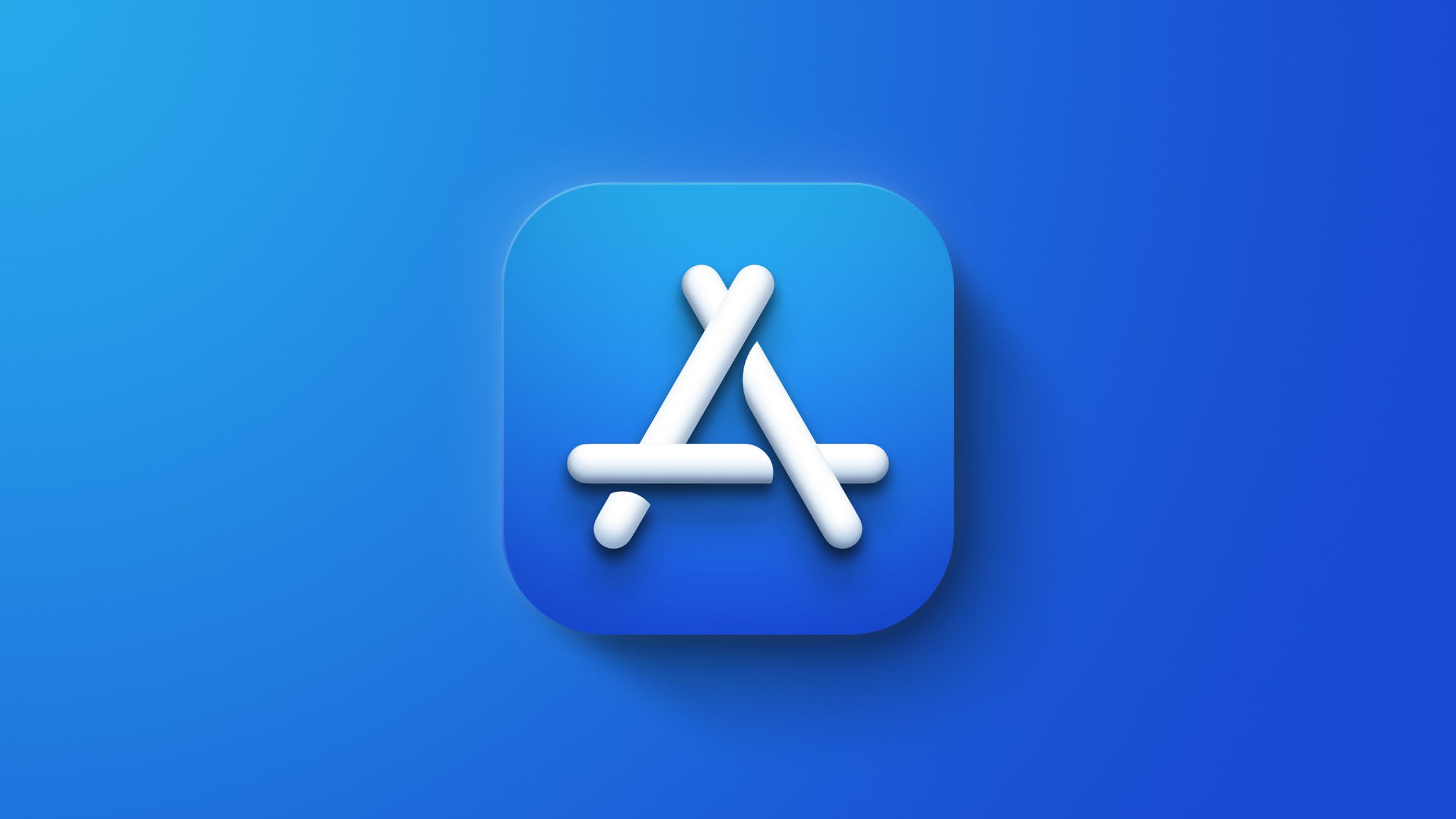Which tool is used for deployment automation?

Automating deployment has become essential for software teams that want to deliver faster, more reliably, and with fewer headaches. Instead of manually configuring servers, deploying builds, and managing releases, modern teams increasingly rely on automation tools to handle these tasks efficiently.
But with so many options available, a key question arises: Which tool should you use for deployment automation?
Let's dive into what deployment automation is, why it matters, and explore some of the leading tools you should consider.
Why automation is needed in deployment?
Traditional deployment processes, those involving manual configuration, scripting, and error-prone uploads are often:
- Slow and inefficient
- Prone to human error
- Hard to scale with growing projects
- Stressful for developers and operations teams
Deployment automation solves these problems by streamlining repetitive tasks, ensuring consistency across environments, and freeing teams to focus on building better products.
The benefits are clear:
- Faster releases with less manual effort
- Improved reliability through standardized processes
- Better collaboration between developers and operations
- Reduced operational costs by minimizing downtime and manual interventions
In short, automated deployment isn't just a convenience anymore, it's a competitive necessity.
What makes a good deployment automation tool?
When choosing a deployment tool, consider whether it offers:
- Easy integration with your code repositories (e.g., GitHub, GitLab)
- Automated build and deployment pipelines
- Environment and configuration management
- Visibility into deployments (logs, performance metrics, build history)
- Scaling options for growing apps
- Support for global deployments if you serve an international user base
- Simple rollback and recovery options in case something goes wrong
Popular deployment automation tools
Several tools are widely used for deployment automation today:
1. Jenkins
A veteran in the CI/CD world, Jenkins offers deep customization and a massive plugin ecosystem. However, it often requires significant setup and ongoing maintenance.
2. GitHub Actions
GitHub Actions allows teams to automate their deployment workflows directly from their code repositories. It's flexible and integrates naturally with GitHub projects.
3. GitLab CI/CD
GitLab’s integrated CI/CD pipelines help teams automate builds, tests, and deployments with minimal friction. It's especially strong for DevOps teams already using GitLab for version control.
4. CircleCI
CircleCI focuses on speed and scalability, offering cloud-based or self-hosted options. It's popular for teams wanting fast, customizable pipelines.
5. Kuberns
An emerging player, Kuberns simplifies deployment automation for developers by handling much of the infrastructure complexity behind the scenes. It offers:
- Automated GitHub deployment for applications
- Simple configuration and scaling through an intuitive dashboard
- Live monitoring with performance metrics and logs
- Easy custom domain integration for deployed apps
- Global server infrastructure to deploy close to your users
Kuberns is especially attractive for teams that want quick setup and minimal manual ops without the overhead of maintaining their own servers.
While it may not offer deep Infrastructure-as-Code features like Terraform or intelligent scaling algorithms yet, its focus on ease of use makes it a strong option for startups, small teams, and projects that prioritize speed.
Which tool should you choose?
There’s no single "best" deployment automation tool, it depends on your team’s needs, technical expertise, and scale.
- If you need maximum control and customization, tools like Jenkins or GitLab CI/CD may be better fits.
- If you prefer tight GitHub integration, GitHub Actions could be ideal.
- If you want a low-ops, developer-friendly experience with global deployment flexibility, a platform like Kuberns can get you up and running fast.
The key is to pick a tool that fits your current workflow while also supporting your future growth.
As deployment automation continues to evolve, the tools you choose today can lay the foundation for faster development cycles, better collaboration, and smoother operations tomorrow.

































































































































































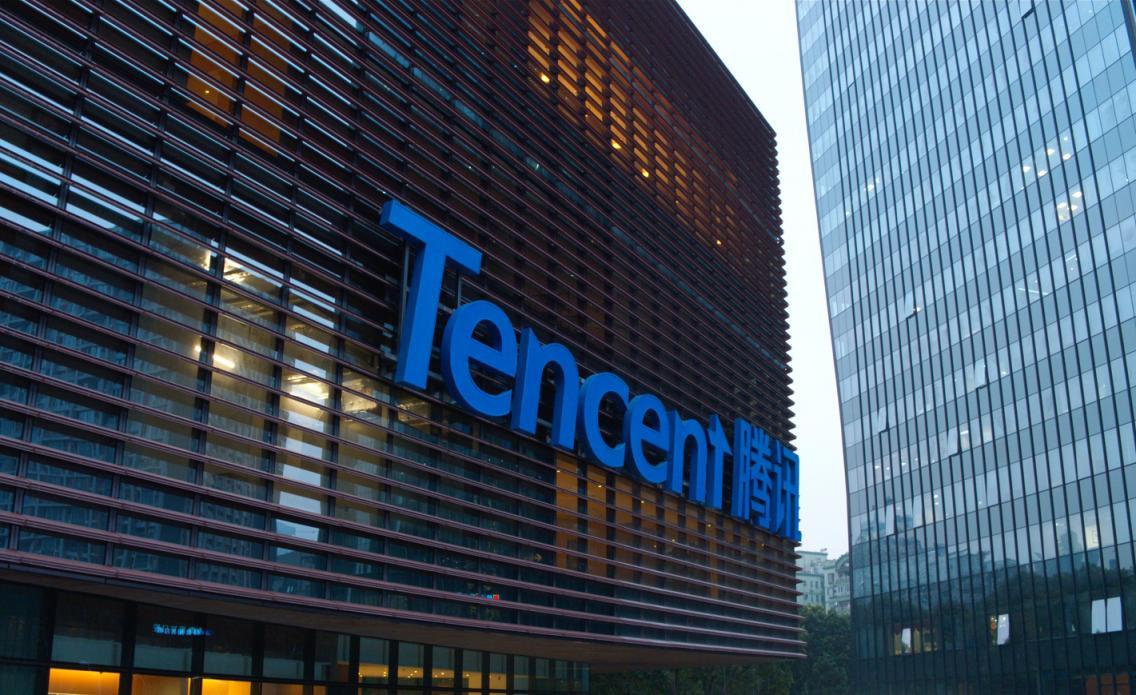













![[The AI Show Episode 152]: ChatGPT Connectors, AI-Human Relationships, New AI Job Data, OpenAI Court-Ordered to Keep ChatGPT Logs & WPP’s Large Marketing Model](https://www.marketingaiinstitute.com/hubfs/ep%20152%20cover.png)





































































































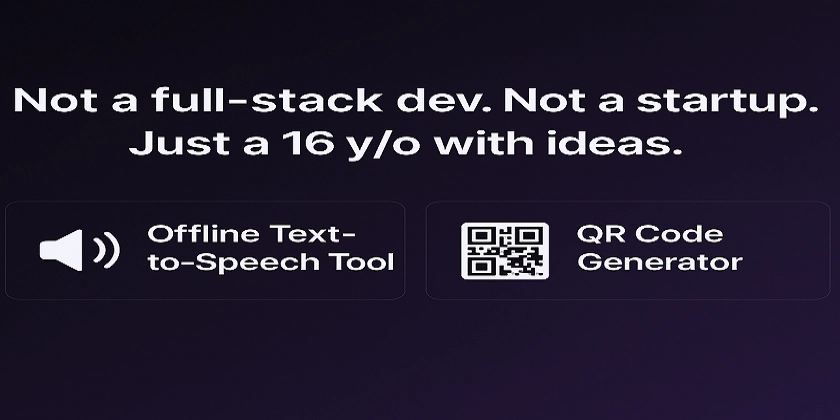
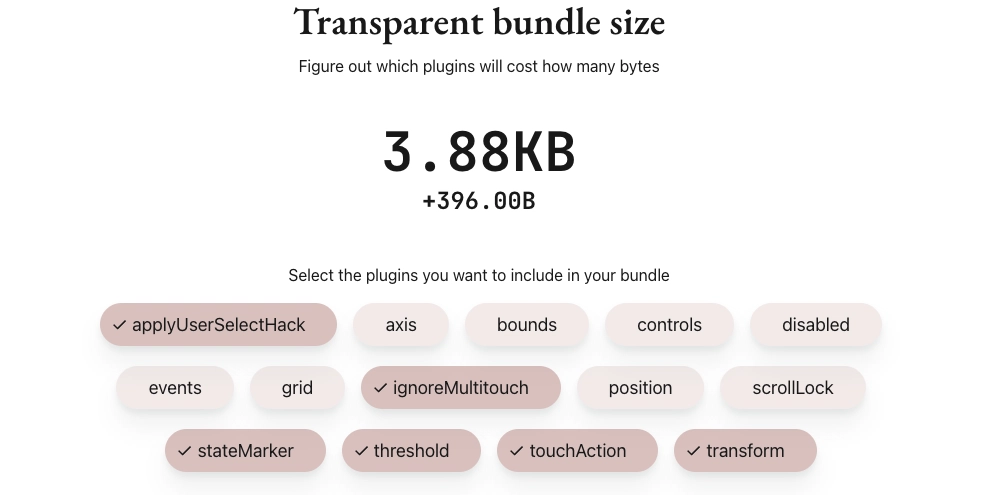













![[FREE EBOOKS] Natural Language Processing with Python, Microsoft 365 Copilot At Work & Four More Best Selling Titles](https://www.javacodegeeks.com/wp-content/uploads/2012/12/jcg-logo.jpg)




















































.jpg?width=1920&height=1920&fit=bounds&quality=70&format=jpg&auto=webp#)




















































































_Andreas_Prott_Alamy.jpg?width=1280&auto=webp&quality=80&disable=upscale#)

_designer491_Alamy.jpg?width=1280&auto=webp&quality=80&disable=upscale#)















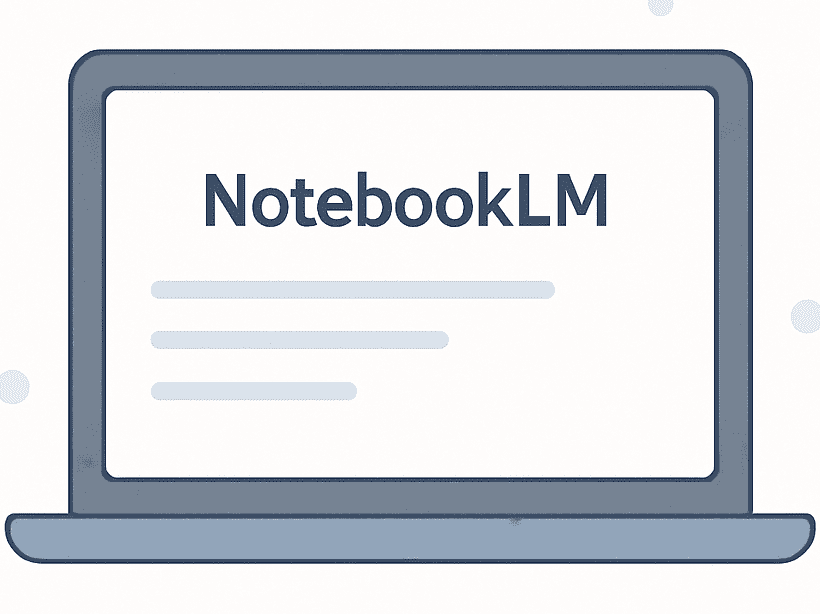


















































































![The new Google TV setup process is impressively fast and easy [Gallery]](https://i0.wp.com/9to5google.com/wp-content/uploads/sites/4/2025/06/Google-TV-logo.jpg?resize=1200%2C628&quality=82&strip=all&ssl=1)

![Apple’s latest CarPlay update revives something Android Auto did right 10 years ago [Gallery]](https://i0.wp.com/9to5google.com/wp-content/uploads/sites/4/2025/06/carplay-live-activities-1.jpg?resize=1200%2C628&quality=82&strip=all&ssl=1)










![3DMark Launches Native Benchmark App for macOS [Video]](https://www.iclarified.com/images/news/97603/97603/97603-640.jpg)
![Craig Federighi: Putting macOS on iPad Would 'Lose What Makes iPad iPad' [Video]](https://www.iclarified.com/images/news/97606/97606/97606-640.jpg)








































